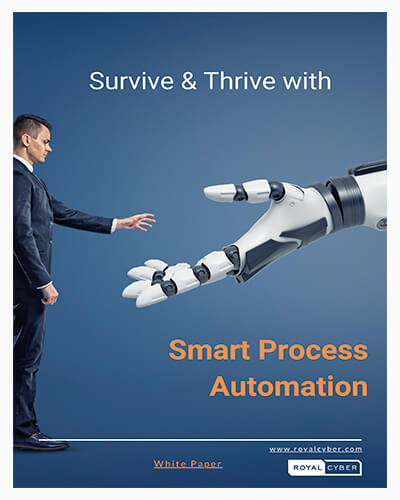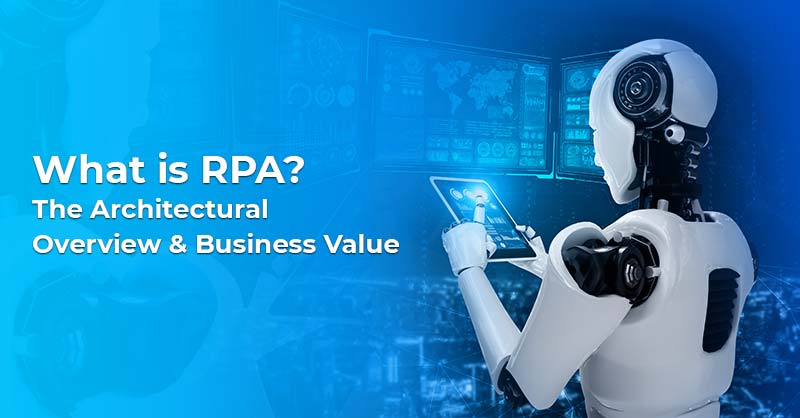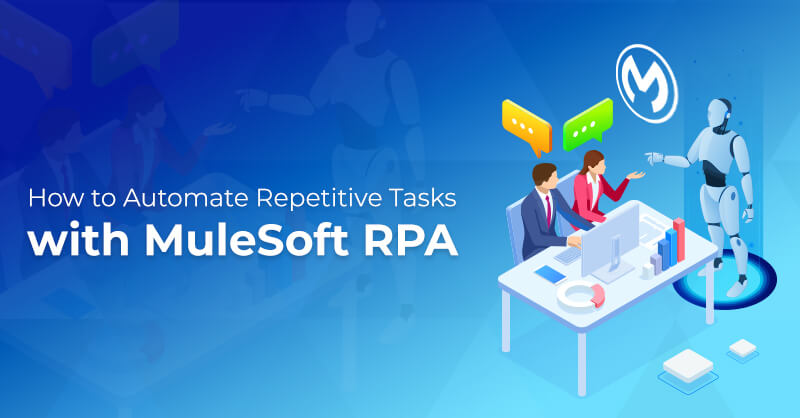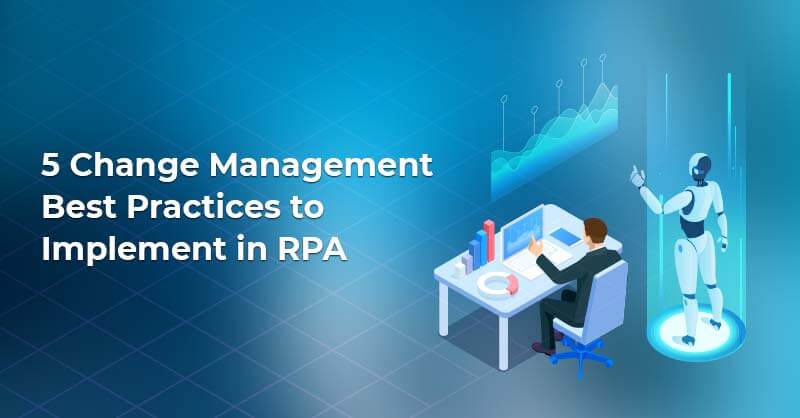The era of RPA powered customer service
Written by Neha Madiya
Lead Technical Content Writer
Welcome to the Customer Information Age!
The global economy is rapidly changing and gearing towards modernized solutions allowing businesses to boost their profits. Customer service is a winning card that can scale business growth. Don't believe it? Customer service, when combined with RPA, can render incredible customer management and customer happiness.
Every day, customers interact with businesses, and these interactions can cause challenges for a team. For instance, each year, almost 10 million patients are handled by hospitals every day that requires personal information extraction, process claims, and prepare reports for the top management. This process deteriorates operations, thus leading to low customer interaction.
Similarly, the insurance industry faces barriers, as customers are demanding quick turnaround time while expecting omnichannel access. The current management method leads towards the erosion of operational tasks such as claims processing and customer-agent interaction, as the job involves several manual customer service functions that prevent companies from fraud and errors.
Common challenges to Customer Service:
Tedious data entry
Low productivity
High costs
According to a recent research report, the US retail industry alone expects to double online sales by the end of 2023. The retail landscape is facing challenges that require restructuring the business from top to bottom. A physical robot is already acting as a worker in these industries, allowing assistance with inventory monitoring. Now, customers are demanding real-time information about their product from processing to shipping.
How is RPA changing the customer experience?
Regardless of sector, businesses are looking for a solution that allows a balance between agents and customers, and so, implementing RPA is crucial to these industries. Any organization can automate iterative tasks with the help of RPA, allowing customer services to focus on their consumer needs. RPA and its ability to transform work allow improved customer experience while assuring accurate and reliable results.
Medicare:
In the medical sector, bots can extract and fill patients' records, organize them, and process claims, allowing healthcare providers to have a real-time view of their patient's journey.
Insurance sector:
Robotic-process, when combined with the insurance industry, enables improved customer satisfaction by supporting the fluctuating volumes of customers and lowering waiting time for claims processing.
Retailers:
Retail businesses require a large amount of data to be analyzed and actioned every day. With the help of Robotic Process Automation, owners can capture and update processing information, allowing improved Q/A management.
Related reads: Here is why retailers should be interested in RPA.
Use cases to implement RPA:
Some potential use cases to implement RPA include data entry, generating invoices, processing payments, data management, processing forms, and more. By eliminating manual errors, the scope of complaints from the customers automatically narrows down. Front-end or back-office, RPA is your best bet.
- RPA can be blended to equip your chatbot to fulfill customer service requests instantly
- With RPA, you can allow your chatbot to complete the customer’s request immediately rather than passing the interaction to a human agent.
RPA means better processes and productivity
Anyone involved in claims processing, underwriting, and renewals- know just how many chunks of information are involved. Whether it is healthcare or finance, any industry currently relies on the backbone of back-office processes that are outdated, slow, and inefficient. As a solution, claimers shift towards Robotic Process Control bots that are becoming game-changers in the industry.
According to the Forrester study, "more than 40 percent of enterprises will create state-of-the-art digital workers by combining AI (artificial intelligence) with Robotic Process Automation". This shows how service leaders are integrating these smart bots for managing mundane tasks.
Implementing RPA in customer service can decrease processing time, boost efficiency, and help achieve customer happiness.
@RPAincustomerservice @royalcyber

Benefits of Robotic Process Automation in Customer Service:
- Easy data entry, no manual errors, highly efficient process
- Faster resolutions, focus on customer-centric services
- Improved process outcomes, accurate resolutions
- Quick response to repeat callers, better customer engagement
- Report compilation, auto status updates
Streamline support operations to survive and thrive in this customer-centric world
Irrespective of the sector, organizations trying to find a happy medium between costs and impeccable service must implement RPA. Leverage the dynamism of RPA by automating the workflow and relieving the time of your human experts, helping them focus on high-intensive and mission-critical tasks. Speed matters to today's customers and an 'immediate' response is what they look for when they have a query. So why wait? Give your customers the solution they are looking at. Implement RPA in customer service and lead the journey.




3 Comments
This article is on point. These days, every business values customer service and customer service can make or break a business. I agree that Robotic Process Automation (RPA) can up the ante in providing excellent customer service experience. For example in healthcare, if you send an inquiry through a company’s Facebook messenger, an automated chat will respond with options for you to choose from. If you make a phone call to ask for help to a healthcare clinic, you will receive an automated voice response with options for you to choose from. The customer service industry has levelled up to exceed customer’s expectation. Thank you for this informative article.
Nice one! thank you so much for the post. RPA results in a beneficial snowball effect across different businesses because of its remarkable offerings.
I truly believe on your post.